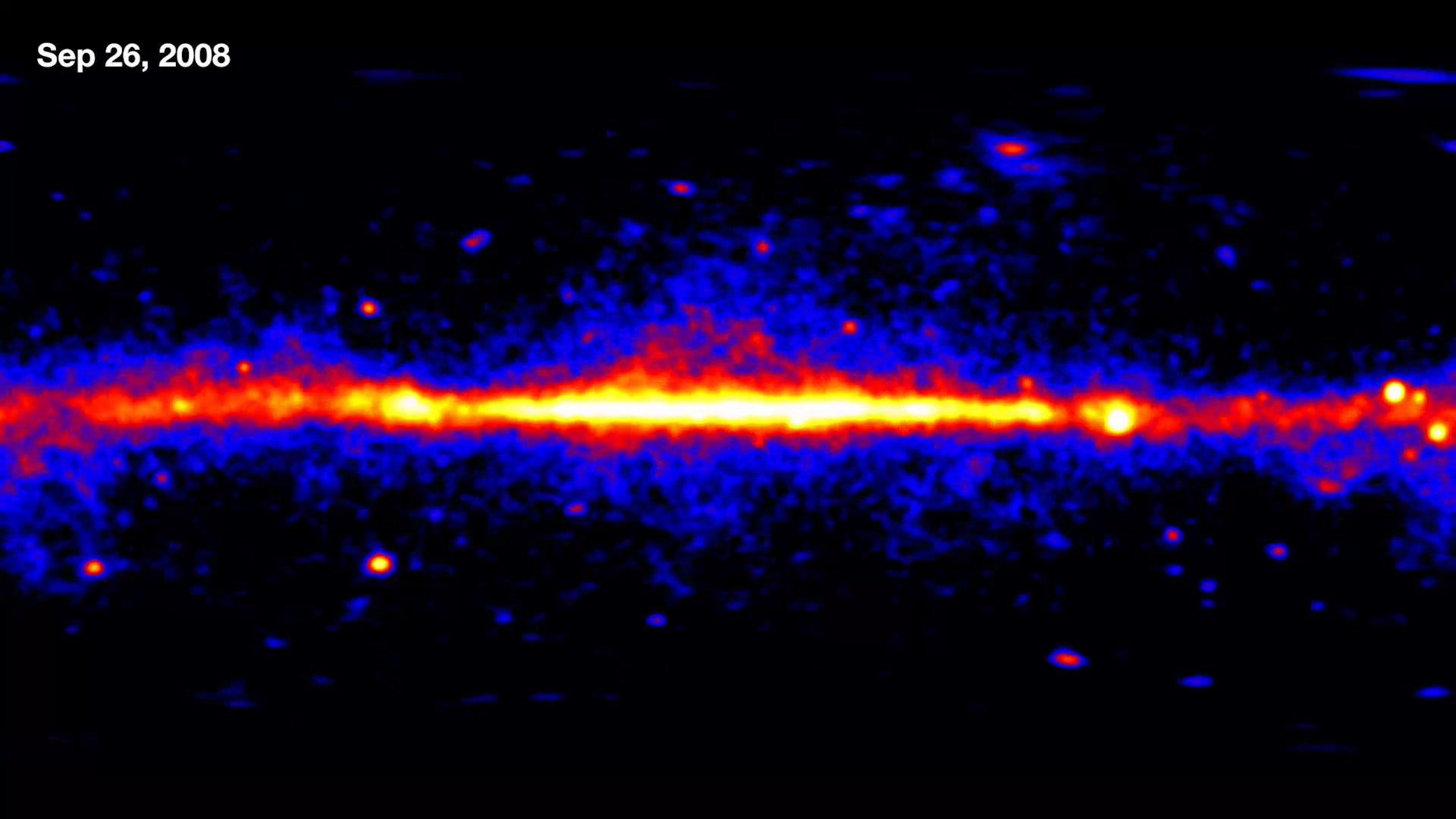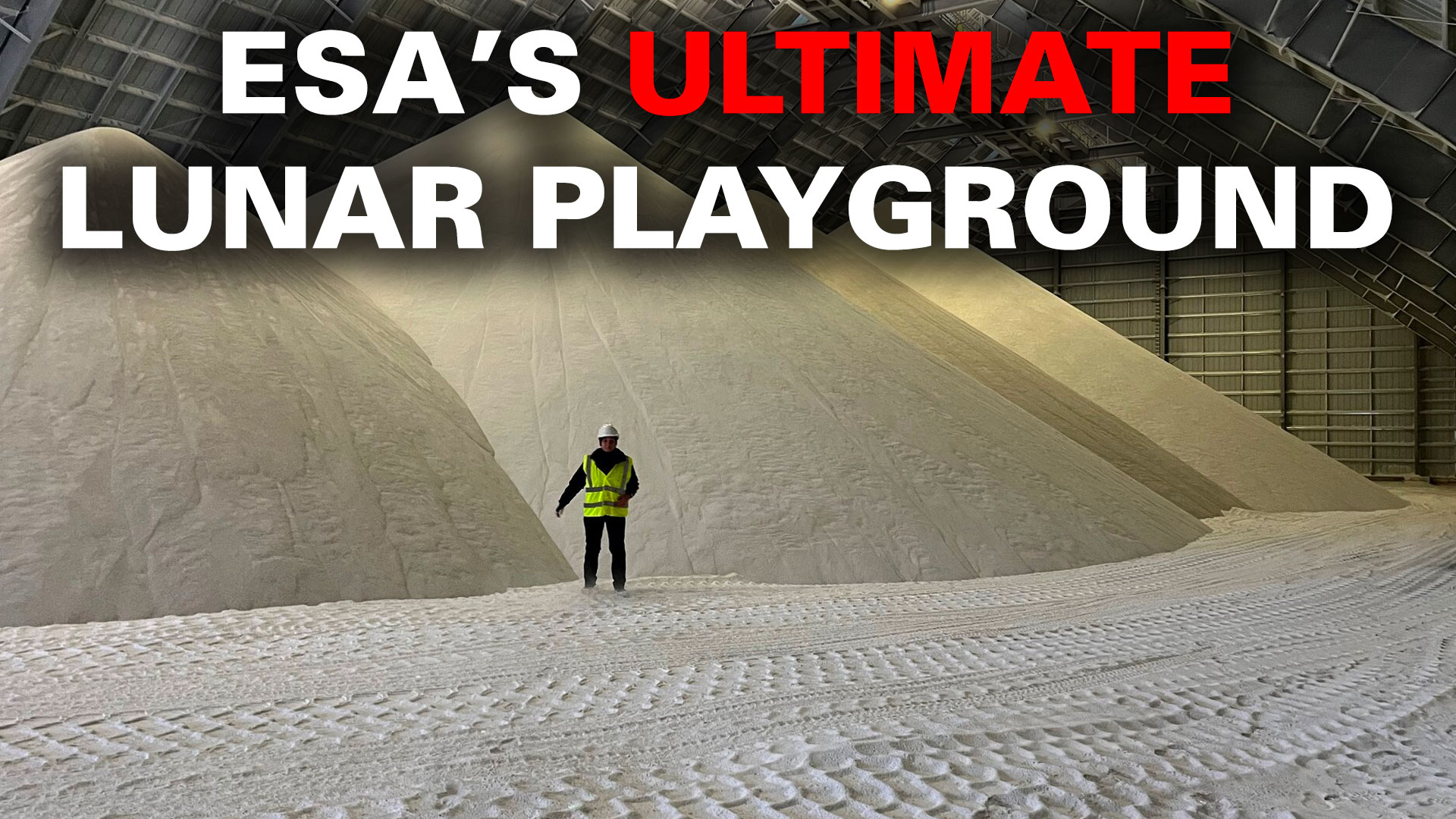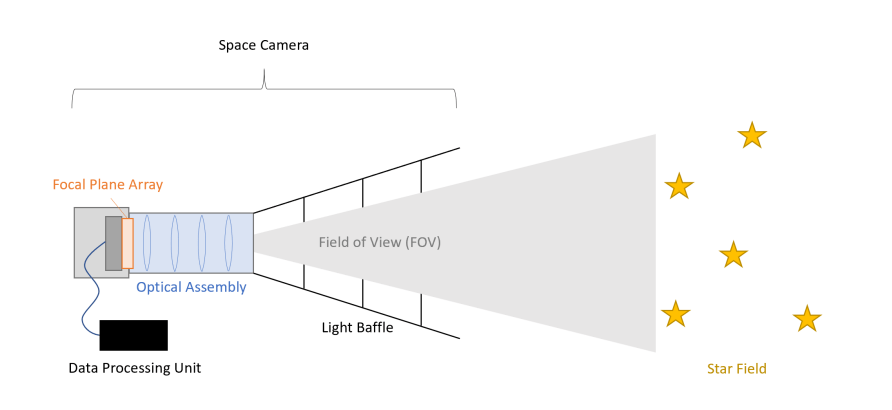The Fermi Gamma-ray Space Telescope, named in honor of noted physicist Enrico Fermi, has been in operation for almost a decade and a half, monitoring the cosmos for gamma rays. As the highest-energy form of light, these rays are produced by extremely energetic phenomena – like supernovae, neutron stars, quasars, and gamma-ray bursts (GRBs). In honor of this observatory’s long history, NASA’s Goddard Spaceflight Center has released a time-lapse movie that shows data acquired by the Fermi Space Telescope between August 2008 and August 2022.
Continue reading “Watch 14 Years of Gamma-Ray Observations in This Fascinating NASA Video”Watch 14 Years of Gamma-Ray Observations in This Fascinating NASA Video










